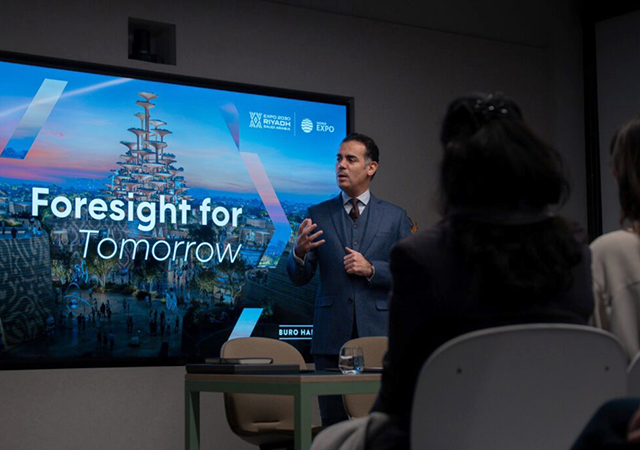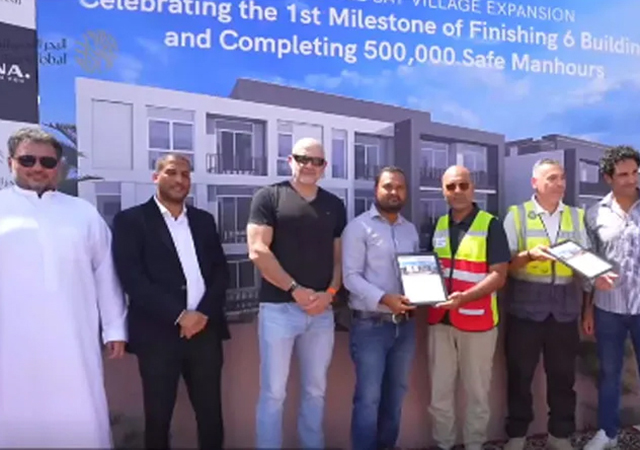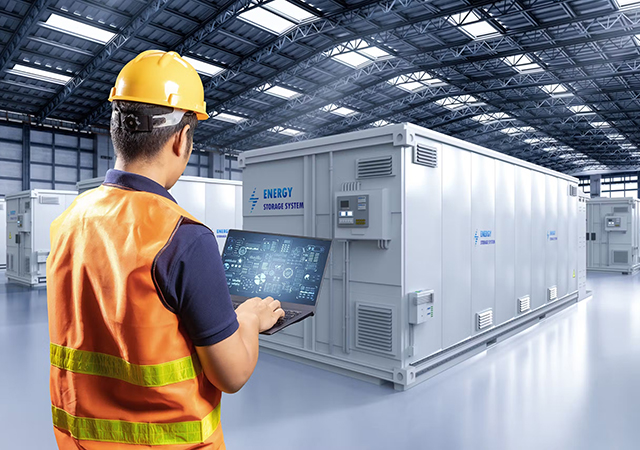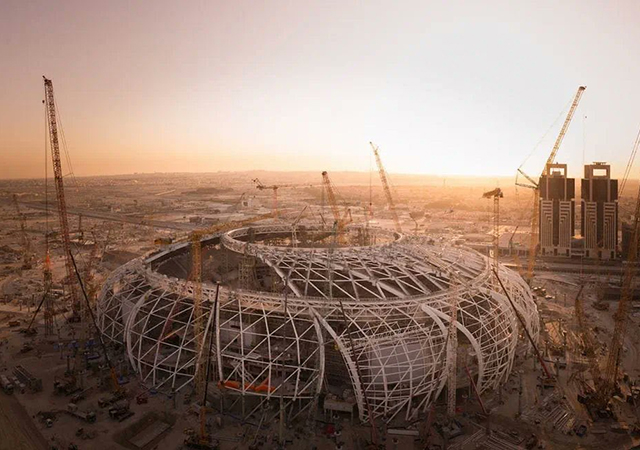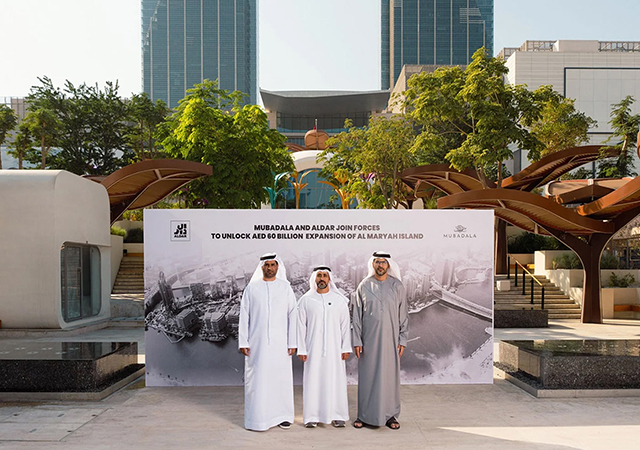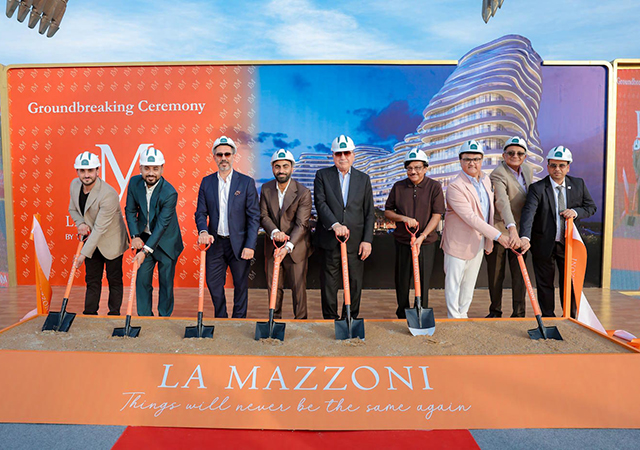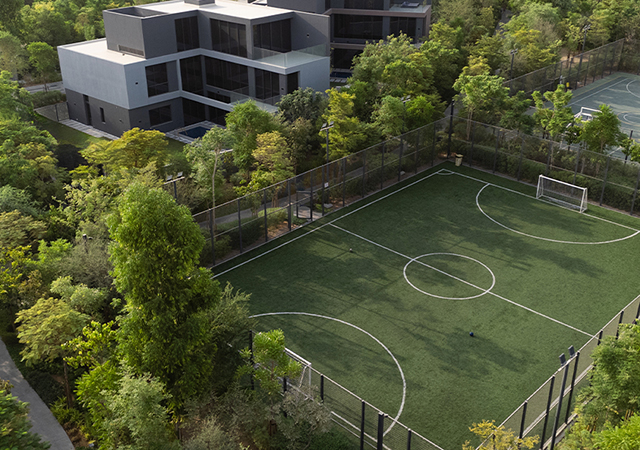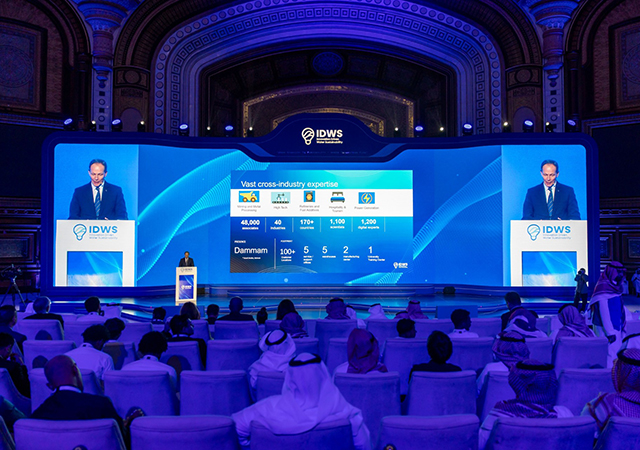
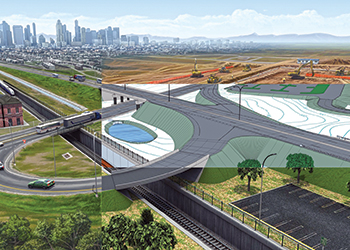 OpenRoads CONNECT Edition introduces a new comprehensive modelling environment.
OpenRoads CONNECT Edition introduces a new comprehensive modelling environment.
Steve Cockerell, industry marketing director, rail, of Bentley Systems, highlights some of his company’s innovative software solutions that take a project through its entire lifecyle.
Road projects worth more than $1 trillion are in the pipeline for the next 10 years, according to figures published in the BMI Key Project Report last year. With this huge number of projects come significant challenges, such as how to deliver projects in the face of diminishing numbers of qualified professionals joining the industry, shorter deadlines, tighter budgets, and the need to drive more value out of existing roads and bridges.
In the face of these challenges and the increasing data to be processed, infrastructure owner operators are going digital, leveraging cloud computing, mobile devices, and wireless networks, and devices such as drones and virtual reality headsets.
In line with this trend, Bentley continues to develop software that enables users to deliver more sustainable infrastructure. For instance, with traditional survey techniques rapidly giving way to new ones with the use of laser scanners and digital cameras, Bentley’s ContextCapture software enables engineers and designers to generate a detailed reality mesh, a navigable 3D model with fine, photo realistic detail and precise geometric accuracy, from digital photographs.
Today, Bentley’s OpenRoads ConceptStation, a new conceptual road network design application, consumes this data and takes preliminary design to a new level, modelling not just how it looks but how it behaves and costs, enabling designers to understand financial implications early in the process, and to explore multiple scenarios in search of a preferred solution.
When moving to detailed design, Bentley’s OpenRoads Designer builds on three decades of experience and expertise in the transportation industry, and now includes the capabilities previously offered with its InRoads, Geopak and MX products to support all aspects of a detailed roadway design. OpenRoads Designer provides an immersive three-dimensional modelling environment, offers computational design tools which maintain the designer’s intent downstream, and can produce both traditional deliverables like plan sets and reports, and the reports increasingly required by governments and owner operators globally that are necessary for building information modelling (BIM) and digital construction workflows.
BIM
What makes BIM so important and a critical component for owner operators and their supply chain’s digital transformation is its ability to provide multi-discipline project teams with a highly effective and intelligent way of connecting all of the information, roles, and processes across the phases of a project or asset lifecycle. Therefore, a BIM strategy goes beyond construction where most of the industry and software vendors that supply it are focused, and encompasses the full lifecycle.
Project delivery teams, owner-operators, and construction firms can benefit from the connected data environment at its core, and in the case of Bentley users – enabled through ProjectWise and AssetWise – can access, store, share, and manage all of their project and asset data, from conception through construction and onwards into operations and maintenance.
The Connect Edition is Bentley’s most recent software solution, built on the Microsoft Azure Cloud platform, to enable digital transformation. By embracing Azure for reliable, scalable and more secure cloud services and infrastructure, the Connect Edition is able to make the design, construction, and operation of infrastructure assets easier for owners, consulting firms, and their supply chains worldwide.
Technology should always be an enabler which encourages innovation rather than restricting it. In addition, technology should enable engineering professionals to explore different scenarios in search of optimal solutions during design, to prove constructability, to ensure on-time completion and improved quality, and to enable more informed decision making and targeted activities.
Going digital is about providing open and live access to engineering models, beyond design and into construction and operations, and about connecting workflows.




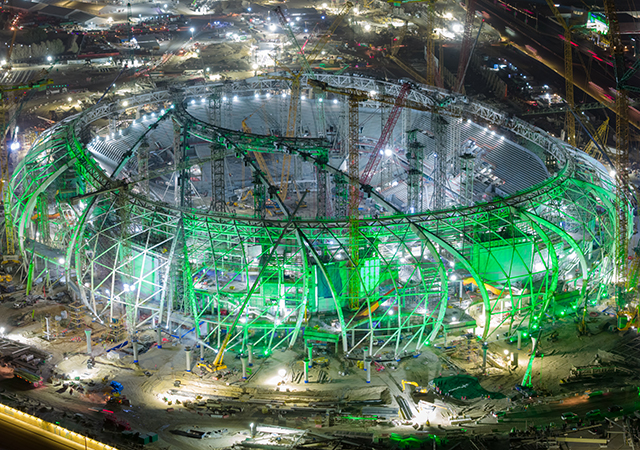



.jpg)

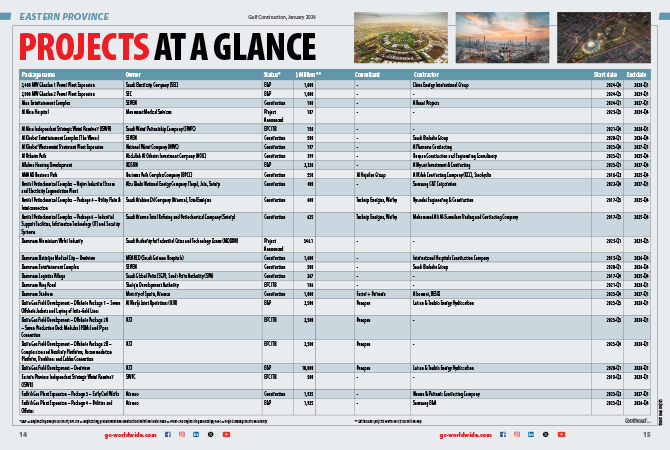

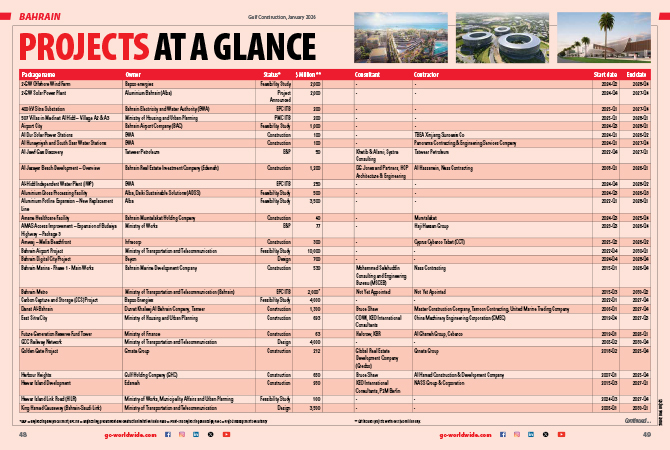
.jpg)








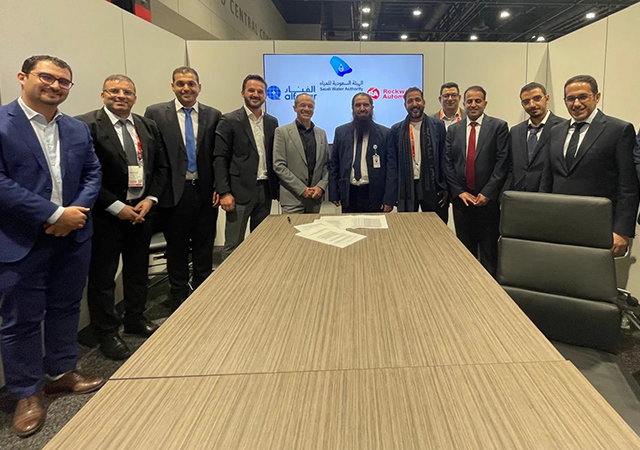
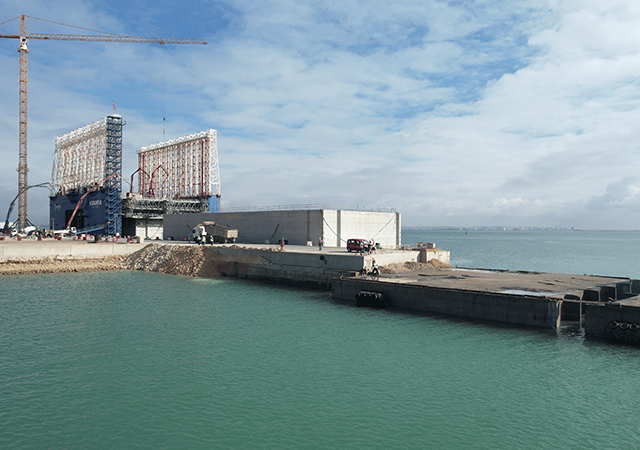
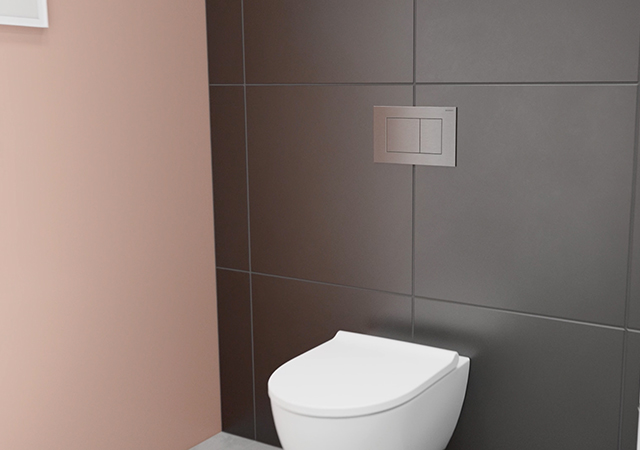




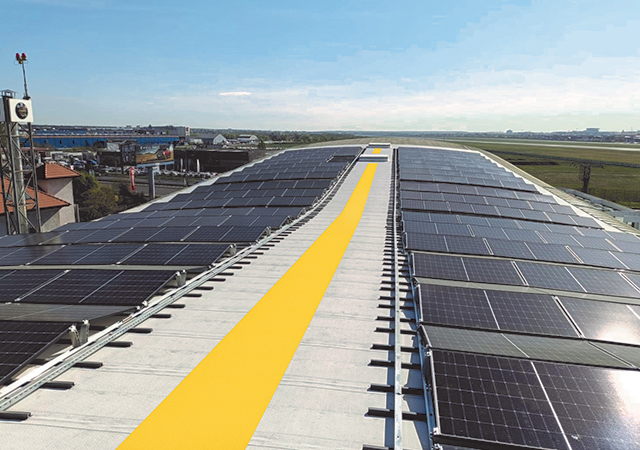





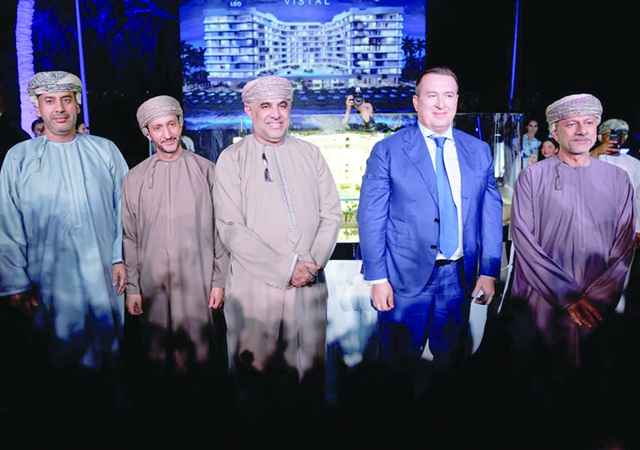
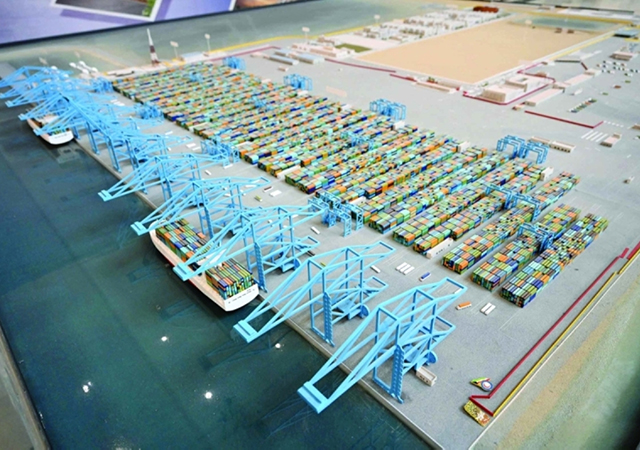





.jpg)

